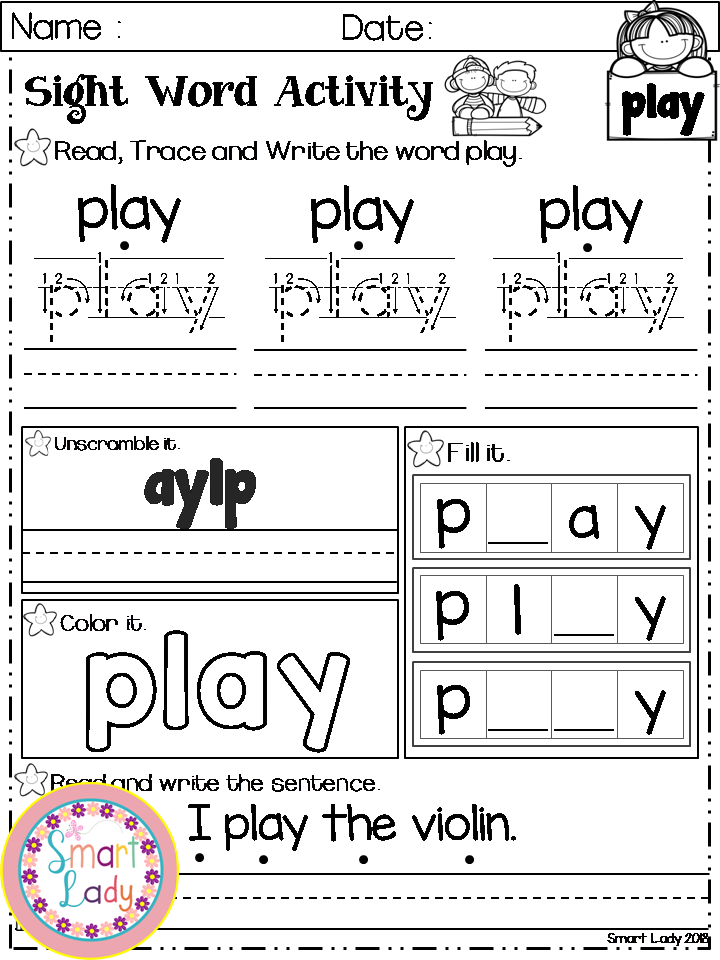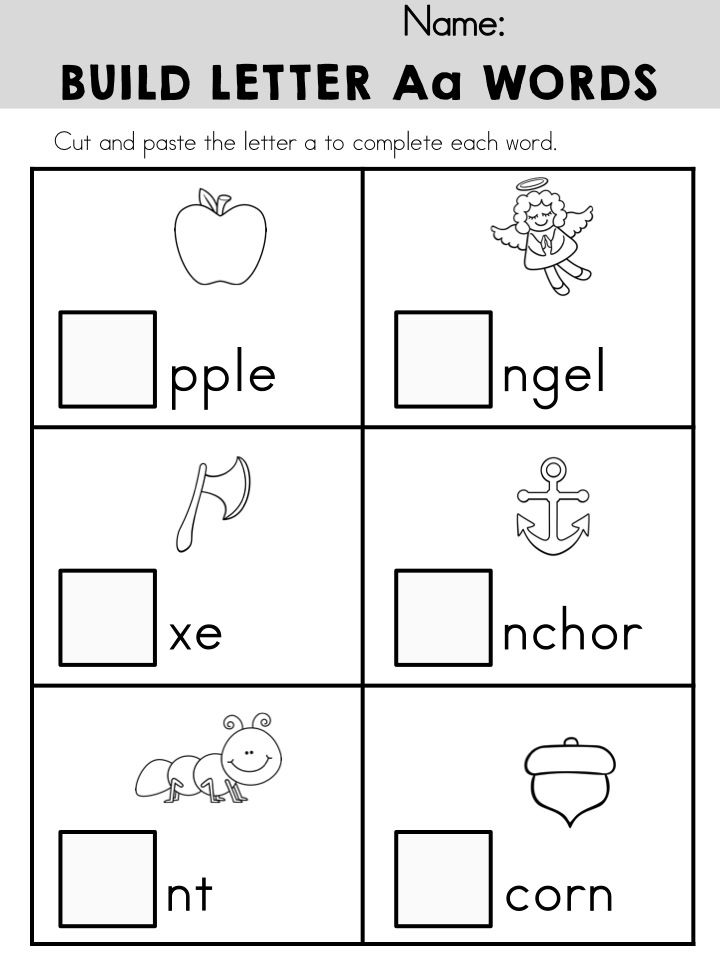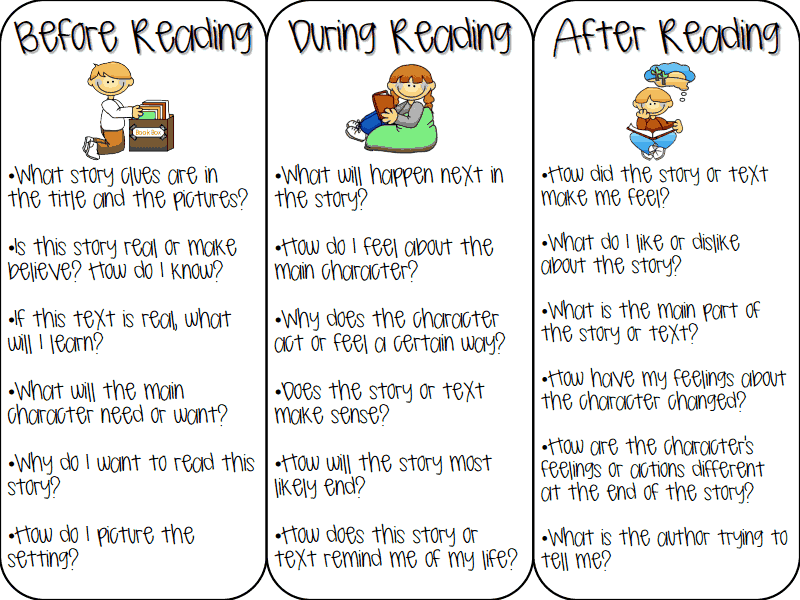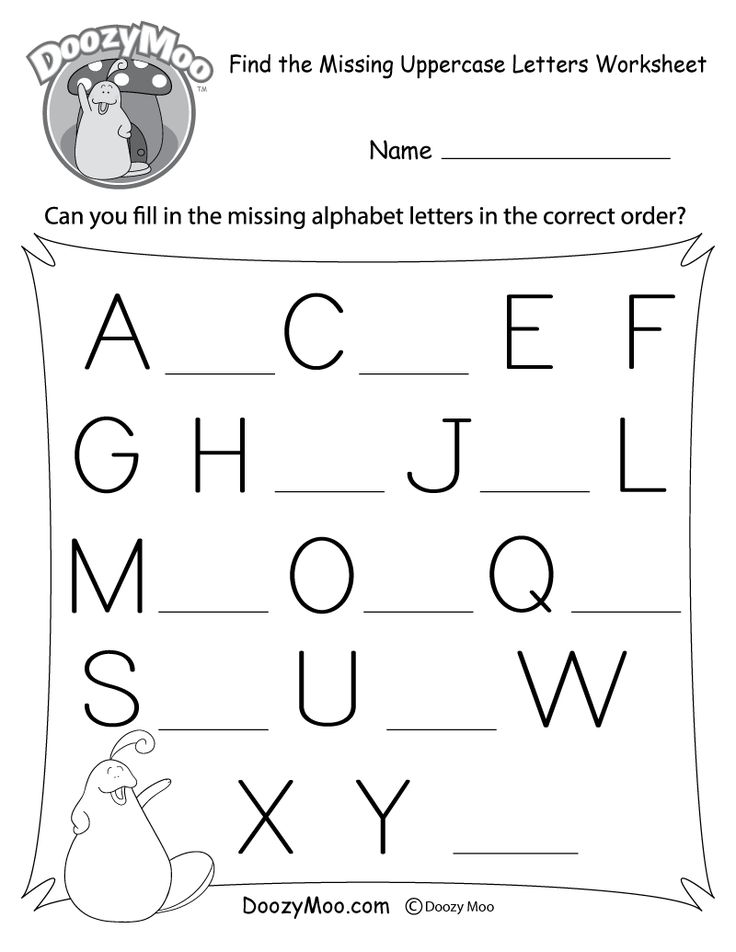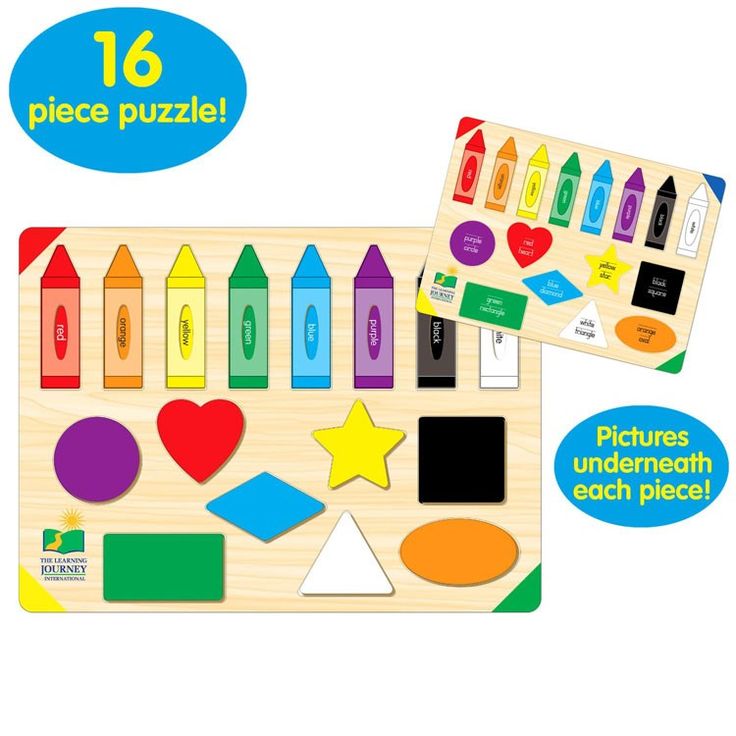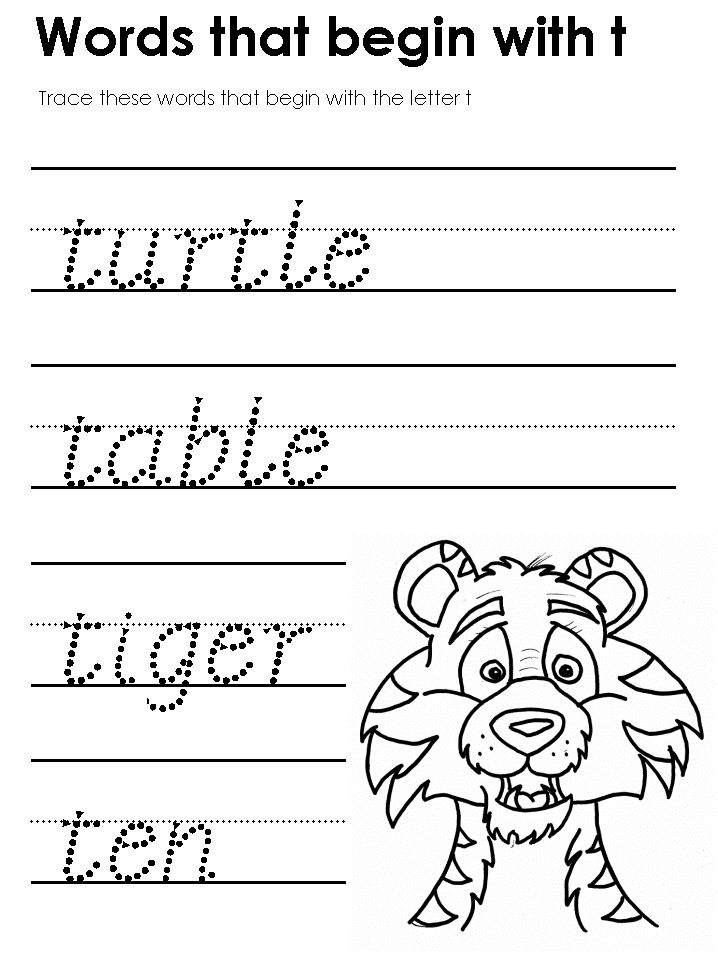Socially skilled kids
Social Skills
Social Skills are a wide variety of behaviors that we engage in to interact and communicate with others. Social skills include
both verbal and nonverbal communication.
Children learn social skills in their homes, schools, and communities. Some children struggle to learn social skills through any
or all of these modalities. Children may struggle to learn social skills for different reasons. Some children have learning or
developmental disabilities, others experience environmental challenges that interfere with their ability to learn appropriate social
skills.
Children who struggle to learn appropriate social skills or who have learned inappropriate social behaviors due to a lack of skills,
may need to be taught explicitly, how to engage in social situations successfully.
Below are the 10 categories of important social skills that I feel children need to have, in order to engage in successful social
relationships during the school day and beyond.
Click on each one to read more about it.
- Compliance
- Conversational Skills
- Flexible Thinking
- Personal Space
- Problem Solving
- Perspective Taking
- Self Advocacy
- Self Regulation
- Teamwork & Cooperation
- Voice Volume & Tone Of Voice
So how can I work on Social Skills during my busy classroom schedule?
I’m glad you asked!
Since any time two or more people are sharing the same space, it is a social experience, the typical school day is filled with opportunities to teach and highlight numerous social skills while you are teaching academic skills.
Let’s face it, teachers today have much more put on their plate than can realistically get done in a given school day. Look for those teachable moments and capitalize on them. It doesn’t always have to take a great deal of time or be a huge disruption to what you are doing.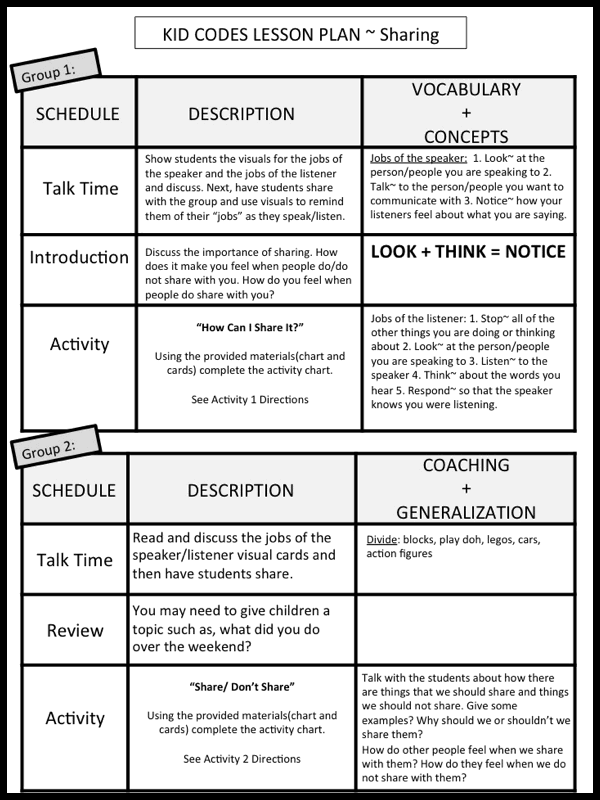 Below are 10 tips that may help you incorporate teaching social skills into the teaching you are already doing.
Below are 10 tips that may help you incorporate teaching social skills into the teaching you are already doing.
10 Tips To Teach Social Skills While Teaching Academics
#1 Model Appropriate Social Skills
I know this goes without saying but it is amazing how often we can forget to do this and slip into the mentality of “do as I say, not as I do”
For kids struggling to learn and use appropriate social skills, this can be very confusing. So try to remember to model the very behaviors you want you students to engage in. You know, the list of classroom rules that are hanging on the wall somewhere in your room.
#2 Create opportunities to model Social Skills
You don’t have to wait for an opportunity to present itself, you can always create one.
Do you have a professional aide in your classroom? An O.T, P.T, SLP, Reading Specialist, Math Coach, etc. etc. Any of these folks can help you teach a quick social skills lesson by “acting” out a quick scenario to demonstrate things like conflict resolution, sharing or basic manners.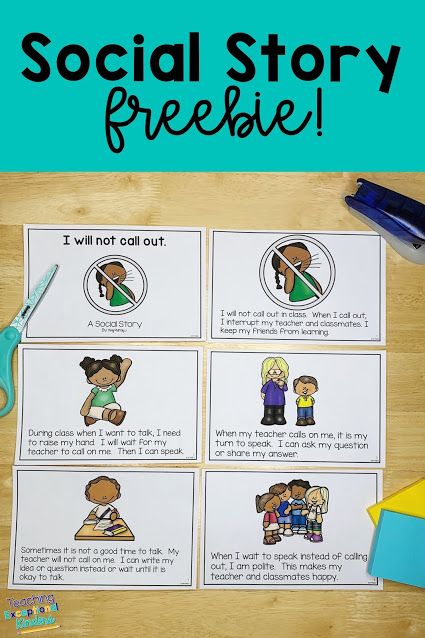
#3 Compliment Targeted Social Skills
When you see someone using one of your targeted (or any) social skill, give them a public compliment. Make sure everyone knows that you like that behavior. All too often we ignore “good behavior” and react to “negative behavior.” This is reinforcing the wrong thing!
#4 Search For Something Good
Even the most challenging students, need to hear that they are doing something right!
Especially the most challenging students, need to hear that they are doing something right!
Admittedly, this can be difficult, but it’s super important. No child can thrive if they only receive negative messages.
Search for opportunities to compliment the student. It will likely be a really small thing that you would never normally compliment someone on, but that’s okay. Start small and build on it.
*Warning: You need to be sincere, or the compliment will not be meaningful to the student.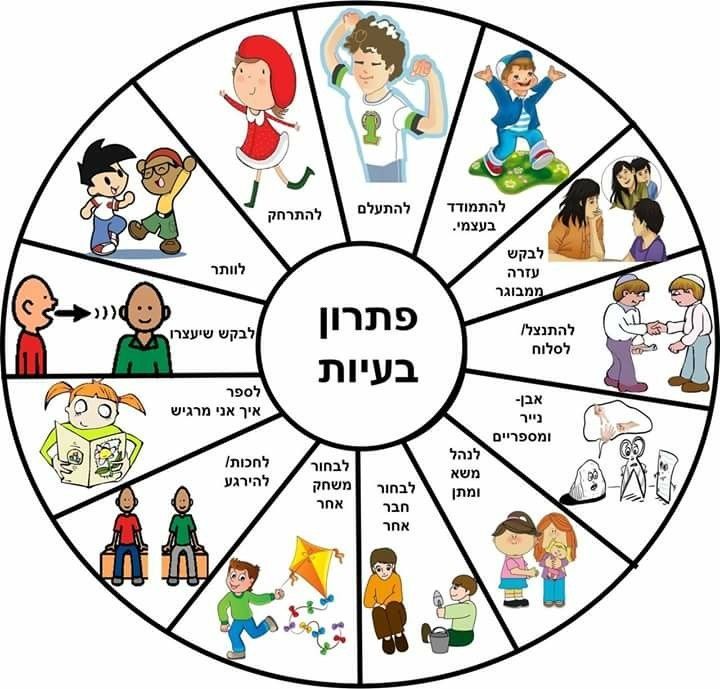 To do this, you have to make peace with the fact that the student is doing the best he/she can and that you need to meet him/her where they are at.
To do this, you have to make peace with the fact that the student is doing the best he/she can and that you need to meet him/her where they are at.
#5 Plan For Success
Try to plan for situations that will help struggling students practice and experience success, in social situations. Thoughtful partnering and seating arrangements can be very important.
Prepare students ahead of time for things like, play a “win/lose” game. Don’t avoid it, but prepare students for it. Take a moment to practice expected reactions to losing a game or not getting your way in a group decision.
#6 Intervene and teach
When students are not using good social skills, intervene quickly and teach/model the appropriate skill. The student may or may not be able to make the correction in that moment, that’s okay but be sure to teach/model the desired skill/behavior.
#7 Read All About It
There are so many good children’s books that discuss social skills.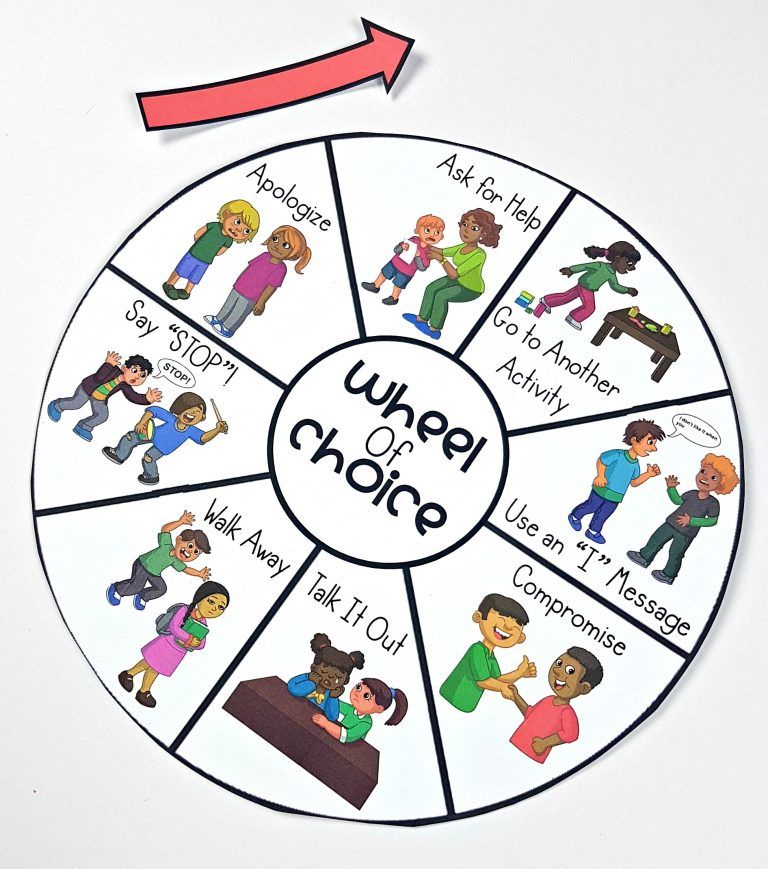 Reading a story that targets a social skill challenge that one or more of your students is having can be a great way to address the topic without calling out specific children.
Reading a story that targets a social skill challenge that one or more of your students is having can be a great way to address the topic without calling out specific children.
This can be a great way to address a social skill challenge with the child who has a difficult hearing about anything he/she has done wrong or the perfectionist.
#8 Create Opportunities To Share, Collaborate and Negotiate
The more opportunities students have to share, collaborate and negotiate with each other, the better.
Go beyond the obvious times to do this (classroom materials and group projects) and create more opportunities as you go about your day.
Can you take a class vote on whether to sit on the rug or at their desks? Can you bring in something special and pass it around for the students to share?
Can you give table groups a question of the day such as, “what is the most common flavor of ice cream” and have them discuss it during snack and report their answer?
#9 Recess Is A Learning Time
So often we think of recess as a free time for children, a break.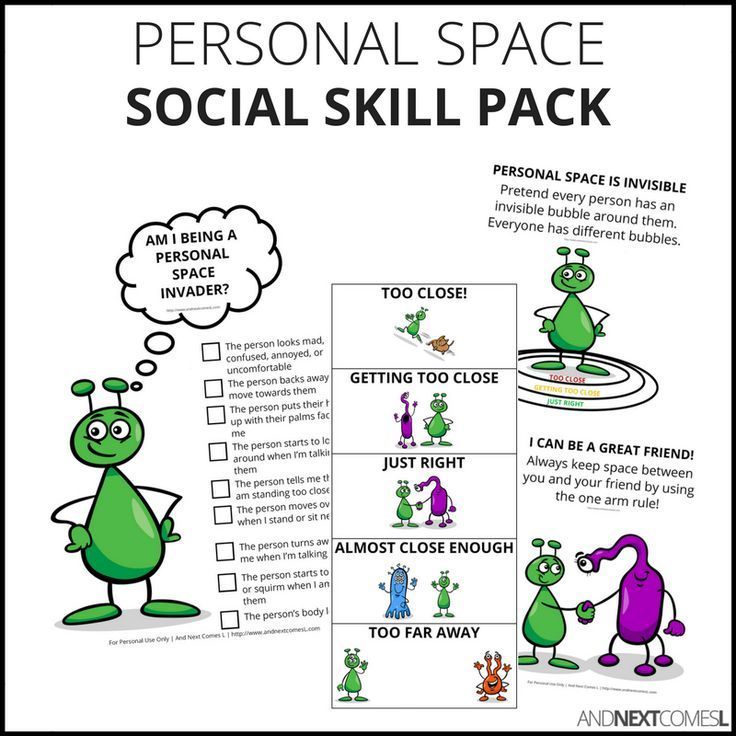
While it’s true that recess is just that for many, for some children, recess is a learning time. Some children need guidance and support during recess in order to practice and grow their social skills.
Notice children who are not playing. They may be wandering around but not really playing. If you ask them if they want to play, they often say no, but this is not usually because they don’t want to play. It is usually because they don’t know how to play.
For these children, organized recess games can be very important. Sometimes all it takes is to give the children some ideas for what to play before going out, sometimes you may need to get a game started at the beginning of recess, and sometimes you may need to facilitate the entire game.
#10 Advocate For Explicit Teaching
Some children respond to these interventions really well. Some children will require explicit teaching of individual skills, broken down into small steps, in order to learn them.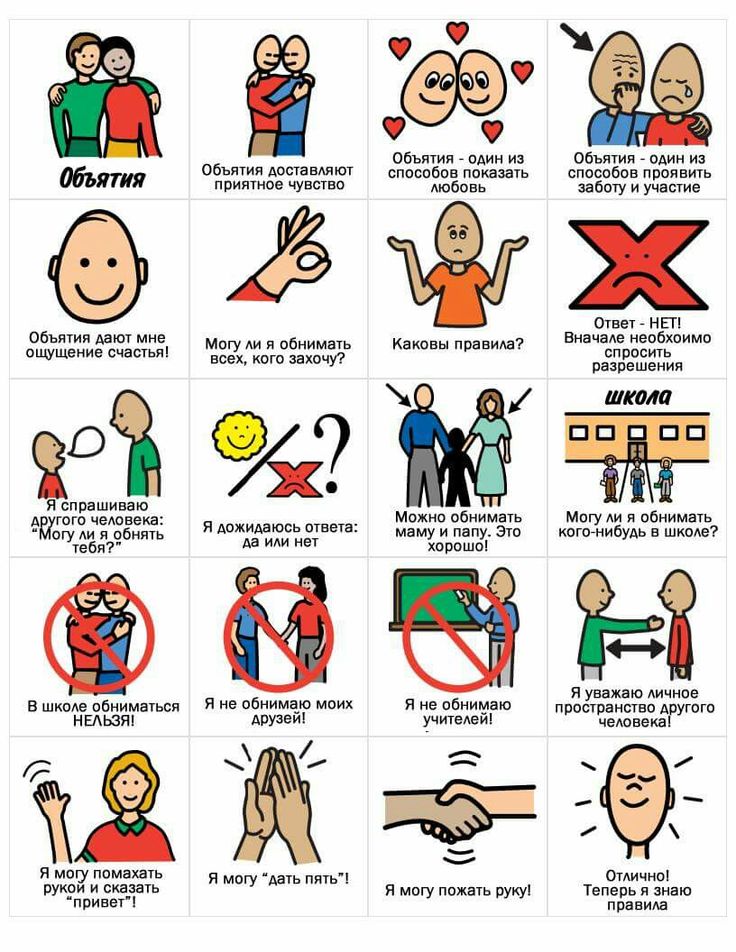
It is important to remember that kids generally do well if they can. If they lack skills, they can not do what you what you want them to do no matter how hard they may try.
want to be a brain surgeon, if you do not have the skill, can you do it? If someone really urges you to do it? Can you do it then? How about if someone punishes you for not doing it correctly, could you do it better the next time?
When you have a student in your class who needs explicit teaching in order to gain social skills, please advocate for them to get it.
Explicit teaching could take place during snack, recess, lunch, or during an academic period if it is determined to be a significant need for thestudent.
People who may be qualified to explicitly teach social skills to a student may include a professional aide, a special educator, an SLP, a social worker or a psychologist.
Having good social skills is so important for the individual and their community as a whole. It is something that we can all support with the right tools!
Perspective Taking
Perspective taking is the ability to look beyond your own point of view, so that you can consider how someone else may think or feel about something.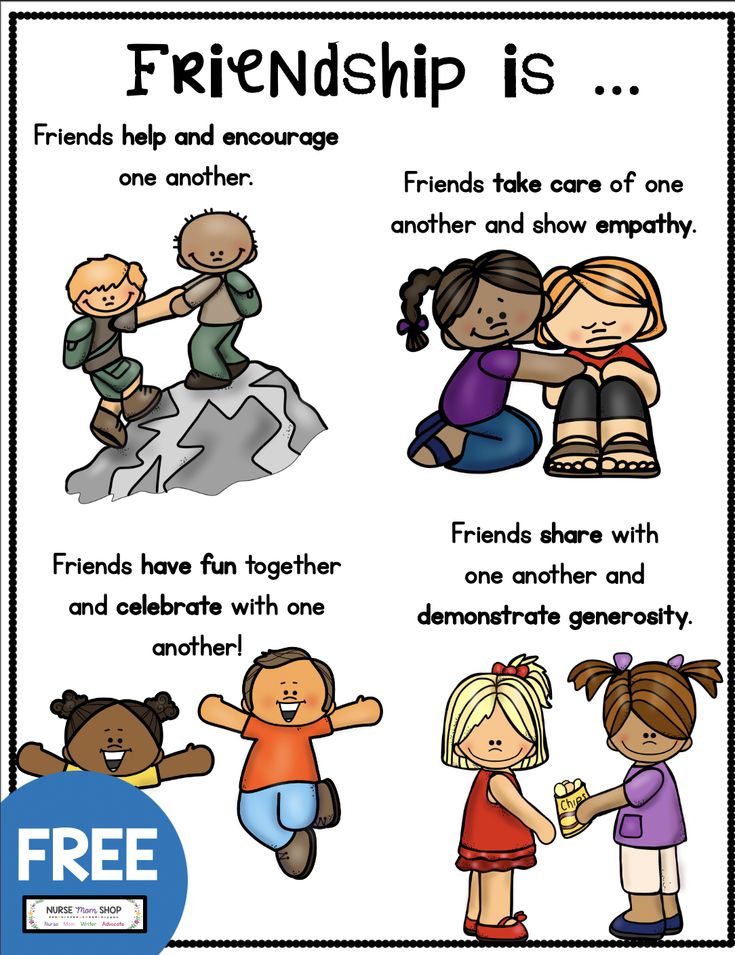
To do this successfully, you must have some understanding of others’ thoughts, feelings, motivations, and intentions. You must also have some background information about the other person or be able to make some smart guesses about their background and or how they experience the world.
For example; If you are a child speaking to another child, you may easily talk about lots of details in the latest video game…
but… if you are a child talking to an adult, it is helpful to realize that most adults don’t play a lot of video games and they may not be interested in this topic or be able to follow along with what you are saying.
The 4 Parts To Successful Perspective Taking
- Set aside your thoughts, feelings, motivations & intentions, momentarily
- Consider others’ thoughts, feelings, motivations & intentions
- Determine whether or not your behavior should change based on that information
- Make any necessary changes
Good perspective takers continually monitor these 4 steps and reassess their interpretation of others.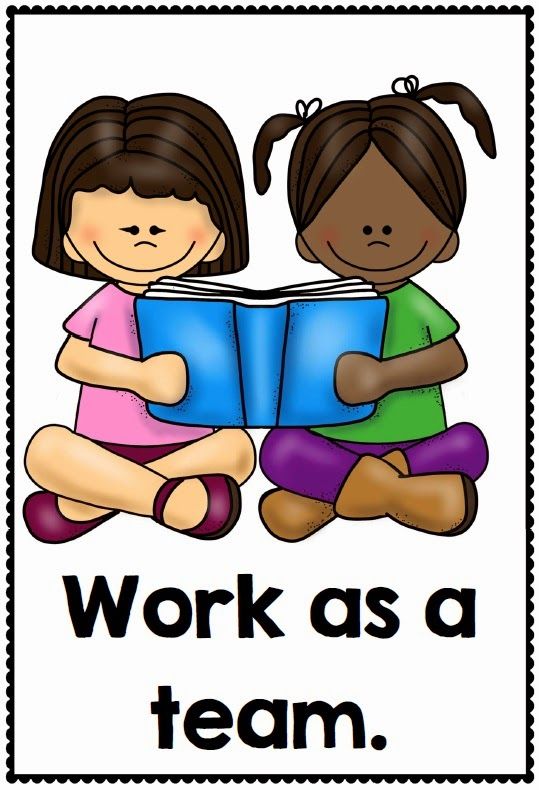 Most of us develop perspective taking skills as children through natural development, without giving it much conscious thought. But for some children, these skills need to be explicitly taught.
Most of us develop perspective taking skills as children through natural development, without giving it much conscious thought. But for some children, these skills need to be explicitly taught.
What might happen if children are unable to take the perspectives of others? Do you have any acquaintances that you would describe as “inconsiderate”? How about “self-centered”? Most likely you think of those people that way because they are not good at perspective-taking.
To be thought of as a considerate person, we must consider other peoples’ perspectives before we act or speak. When we don’t consider how our actions will make others feel, we end up seeming rude, inconsiderate, and self-centered.
Children that lack good perspective taking skills are often considered inconsiderate and rude by their peers. These children tend to do what is in their own best interest and disregard what is best for the group or anyone else they are with.
When children have trouble with perspective taking, they usually have difficulty making or maintaining friendships, being on teams, or being a member of a school group.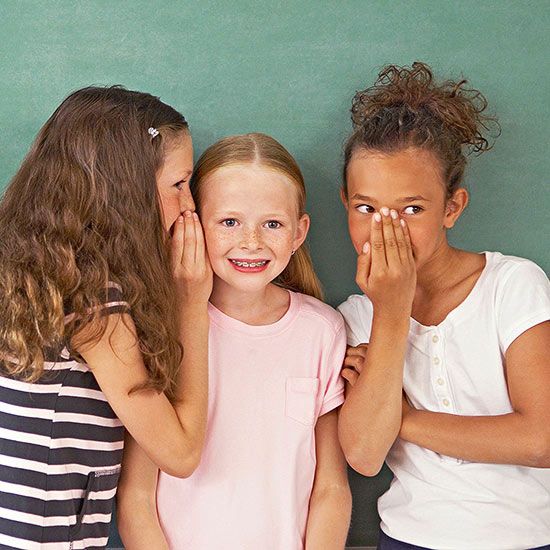
Positive Results of Improving Students Perspective Taking Skills
Students who improve their perspective taking are better able to:
- interpret the needs and wants(motivation) of others
- demonstrate consideration and empathy toward others
- safely navigate around people who may have ill intentions
- adjust their behavior so that others’ feel comfortable
- interpret assignments at school (especially reading and writing assignments) by understanding the perspective of the characters studied or the person who will be reading their writing
- share in the happiness of others even without sharing the same level of interest in the topic, purely because they like the other person
- think critically about social situations and relationships and engage in personal problem solving
Perspective taking is an essential skill children need to interpret “why” and “how” situations happen and then respond appropriately to that information.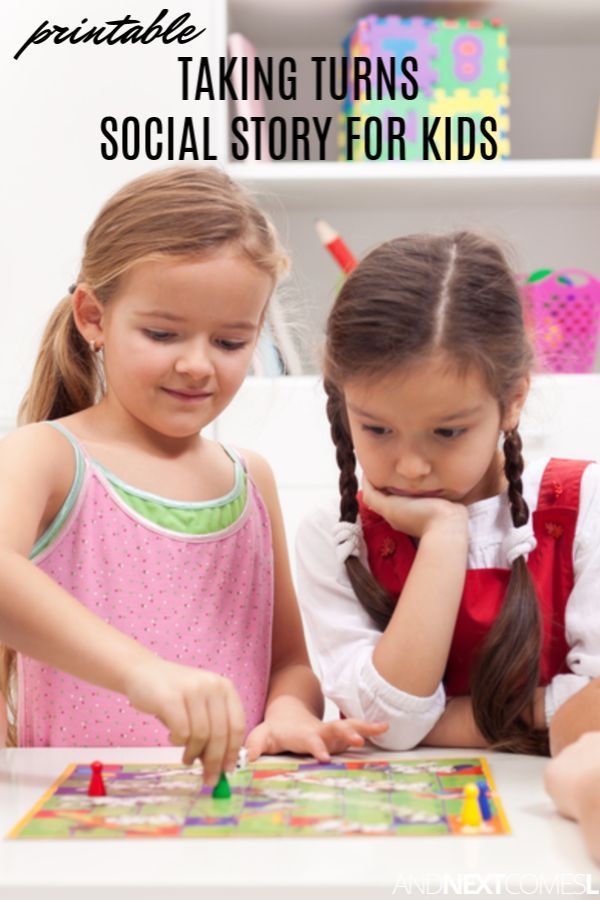
Strategies To Teach Perspective Taking
Helpful strategies for taking another’s perspective include:
- imagining yourself having the same experience as another person
- using your own similar past experience to understand another’s situation
- applying general knowledge (e.g., stereotypes) about how people are likely to react in particular situations
So how do we teach children to take others’ perspectives and improve their perspective taking abilities?
- Model The Skill/Behavior
Practicing what you preach can be harder than it seems, but demonstrating perspective taking skills, in real time with your students, is good for you and them.
It is easier to be fair and just, if we take the time to see how a situation looks from someone else’s point of view.
Young children learn much by watching you, so when you show them the value of perspective taking, they will be more likely to engage in it too.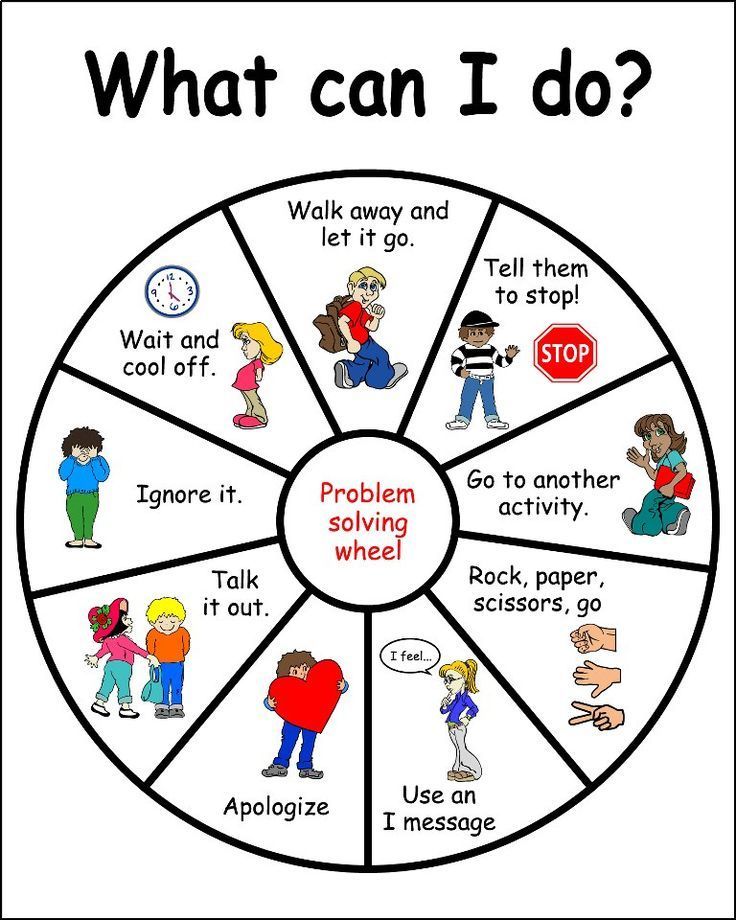
- Talk about challenging feelings
Talk about all feelings with your students, not just the positive emotions, and teach your students that all feelings are valid.
Acknowledge and respect your students feelings. Children will be better able to understand others’ perspectives when they feel their thoughts, feelings, and experiences are understood and respected.
- Demonstrate Understanding
Show your student’s that you understand their perspective by repeating back to them what you hear them saying or describing to them what you think they may be thinking or feeling, wanting or intending.
- Respecting Different Opinions vs. Agreeing
Remember that understanding someone else’s perspective does not necessarily mean that you agree with them, it is however, an acknowledgement of how they are thinking, feeling, what they want or need.
- Show Them The Other Side
For example, when you see someone help someone else, talk to your students about what each person might be feeling or thinking. Help them build connections between people’s actions and their motivations.
Help them build connections between people’s actions and their motivations.
It’s also important to help children understand how their behaviors affect other people.
If your student throws a toy and it hits another child, help your student build that cause-and-effect connection by talking about how their actions impact other people or their environment.
- Be A Detective
Just like real-life detectives search for clues to solve a crime, people who are skilled at perspective taking look for clues to understand other people. Help your students develop these skills by encouraging them to observe and evaluate other people’s actions or behaviors.
- Encourage Community
Children learn to value and respect others through the building of community, developing relationships and a sense of belonging.
Encourage your students not only to engage with others but to work together, collaborate, problem solve and truly value their relationships with others.
This mutual respect and sense of community will encourage your students to think about others’ points of view.
Perspective taking is an extremely important social skill. I hope you found some helpful ideas for how and why to teach your students to improve their perspective taking skills.
Thanks So Much and Happy Teaching!
Cindy ~Socially Skilled Kids
Children with special educational needs in the system of concepts of cultural-historical psychology
Kukushkina O.I. Leningrad State University A.S. Pushkin, St. Petersburg
Nikolskaya O.S. Institute of Correctional Pedagogy of the Russian Academy of Education, Moscow
E.L. Goncharova Leningrad State University A.S. Pushkin, St. Petersburg
“Child with special educational needs” is a relatively new, but already fairly well-established term that arises in all countries of the world during the transition from a unitary to an open civil society, when it realizes the need to reflect in the language its changing attitude towards children with developmental disabilities, new understanding of their rights.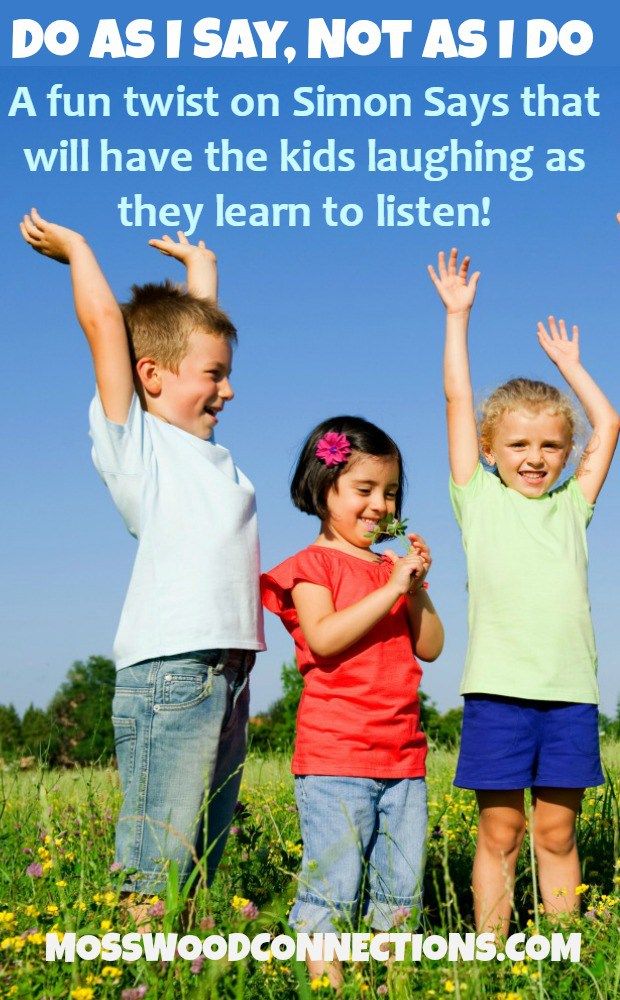
The lexeme replaced the previously used terms “abnormal child”, “child with developmental disabilities”, “child with developmental disabilities” and the special terms specifying them (“autistic”, “down”, “spastic”, “alalik ”, “dysarthria”, etc.), which since the end of the twentieth century have been perceived by society as words with a negative connotation.
In the modern sense, a child with special educational needs is a child who needs special conditions for education and upbringing for his maximum possible development, education, introduction to the culture of the community and family.
Fixing the refusal of the legislator and society to divide people into a full majority and a minority with limited rights, the new term fixes the shift in emphasis in the characteristics of these children from shortcomings, violations, deviations from the norm to fixing their special social and educational needs. The new definition emphasizes the responsibility of the legislator and society to identify and implement these needs.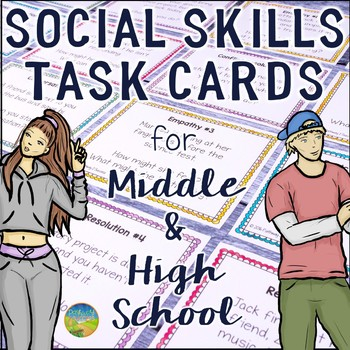
The term "child with special educational needs" is used in both broad social and professional and scientific contexts. In a professional context, this term is important because it guides specialists to identify special educational needs and determine ways to meet them in relation to all categories and groups of children with disabilities, taking into account the range of options for their development. In a scientific context, this term is also important because it indicates the “permeability” of the boundaries between the sciences of children with normative and deviant development, since special educational needs can be caused not only by health limitations, but also by sociocultural factors.
Despite the fact that this term appears in Russia later than in the United States and Western Europe, its introduction into domestic science cannot be qualified as a direct borrowing of the Western term “Children with Special Needs”. Mastering the new term, the Russian scientific school determined its content, based on the classic laid down by L.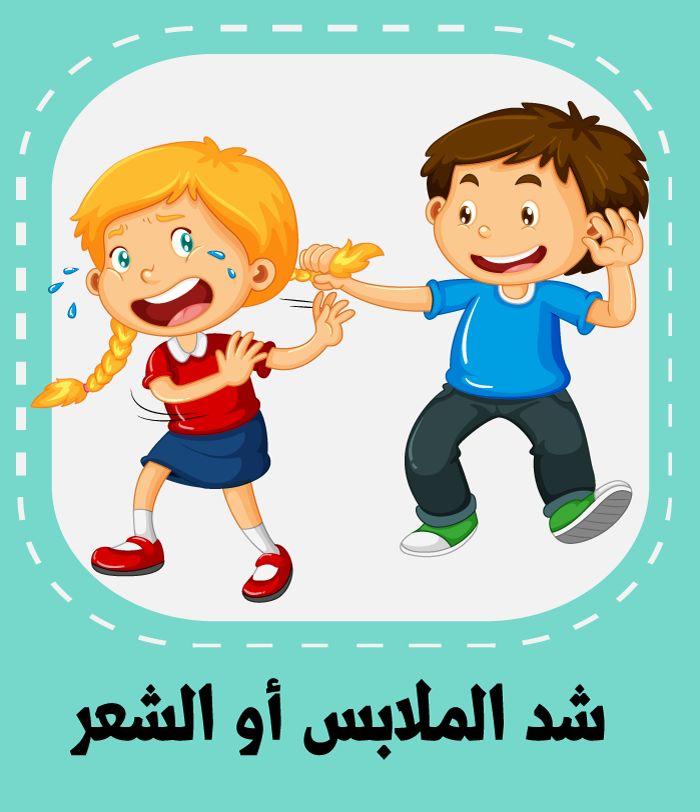 S. Vygotsky’s understanding of the “abnormal” child as a child with secondary developmental disorders, in need of “detours” of cultural development, training and education, and special educational conditions.
S. Vygotsky’s understanding of the “abnormal” child as a child with secondary developmental disorders, in need of “detours” of cultural development, training and education, and special educational conditions.
The Russian Scientific School identifies special educational needs:
- common to all children with disabilities;
- specific for each category of children with disabilities;
- individual educational needs determined by the unique history of life, upbringing and education of a particular child;
The following special educational needs are common to all children with disabilities:
- Time to start training – the need for the earliest (in the first years of a child's life) identification of developmental difficulties and the immediate deployment of psychological and pedagogical assistance, taking into account the special needs of the child. So, if a child’s hearing or vision impairment is detected at the end of the first month of his life, then special education should immediately begin.
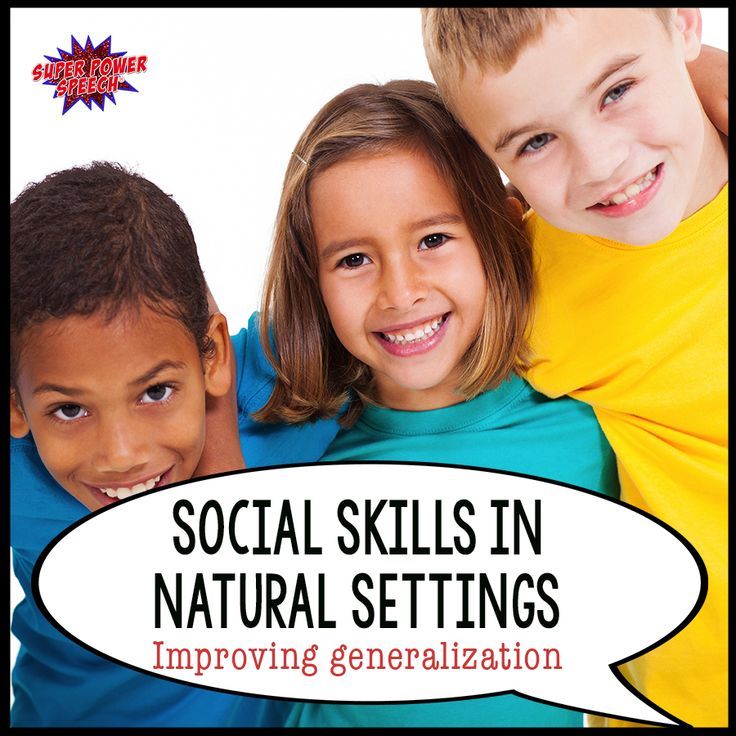 Unproductive for the development of the child is the situation when, after the identification of the primary violation, all the efforts of adults are directed exclusively to the treatment of the child, i.e. rehabilitation by means of medicine. The identified violation of organs and systems limits the interaction of the child with the world, makes it specific, as a result of which urgent psychological and pedagogical prevention or correction of already existing secondary developmental disorders is required.
Unproductive for the development of the child is the situation when, after the identification of the primary violation, all the efforts of adults are directed exclusively to the treatment of the child, i.e. rehabilitation by means of medicine. The identified violation of organs and systems limits the interaction of the child with the world, makes it specific, as a result of which urgent psychological and pedagogical prevention or correction of already existing secondary developmental disorders is required. - Content of education - the need to introduce special sections into the curriculum that are not present in the content of education for children with normative development. Examples are such sections as spatial and social orientation for blind, deaf-blind and mentally retarded children; correctional work with children with mental retardation on the formation of mechanisms for conscious regulation of their own behavior and interaction with people around them; purposeful development of emotional and social interaction in children with autism and ASD, etc.
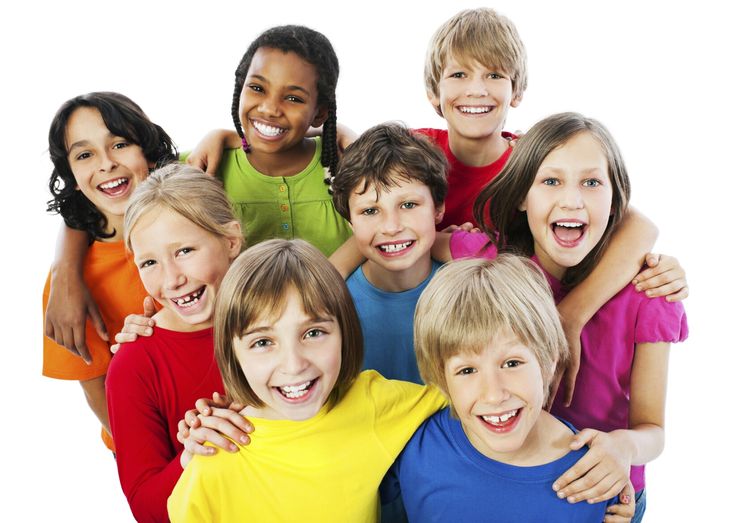
- Teaching methods and tools - the need to build "detours", use specific methods and teaching aids, in more differentiated, "step by step" learning than is usually required for children with normative development. An example is the use of dactylology and sign language in teaching the deaf, the use of embossed Braille in teaching the blind, much earlier than normal, teaching deaf children to read and write, special methods of teaching literacy to children with autism, etc.
- Organization of education - the need for greater variability in the forms of organization of education and its qualitative individualization, in a special spatial, temporal and semantic organization of the educational environment. So, for example, children with autism need a special structuring of the educational space, which makes it easier for them to understand the meaning of what is happening, giving them the opportunity to predict the course of events and plan their behavior.

- Borders of educational space - the need for the maximum expansion of the educational space, going beyond the educational institution for the formation of life competence and the development of the ability to apply the acquired knowledge in everyday life.
- Years of education - the need for continuing and special needs education: throughout life, taking into account changing and increasing social and educational challenges.
- Circle of people involved in education and their interaction - the need to include the family in the process of rehabilitation of the child by means of education and its special training by specialists; the need for the coordinated participation of qualified specialists of various profiles (special psychologists and teachers, social workers, doctors of various specialties, neuro- and psychophysiologists, etc.).
Along with those common to all children with disabilities, there are special educational needs specific to each category of children, each age stage, mental development options observed in each category, as well as individual needs determined by the unique history of life, upbringing and education child.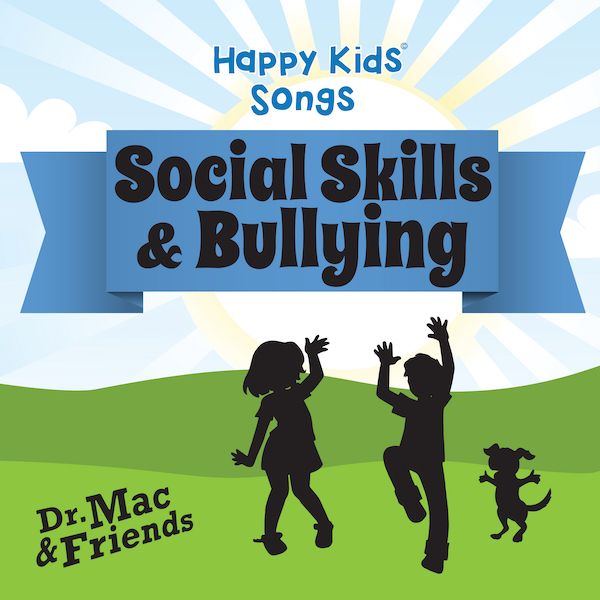
The concept of a “child with special educational needs” needs further development. It seems necessary to scientifically substantiate and differentiated description, definition and understanding of the special educational needs of each category of children with disabilities, each age stage of development and level of education. A modern achievement is a scientifically based description of the special educational needs of children with autism of primary school age, differentiated according to the four most typical developmental options, which served as the basis for the creation of a differentiated Federal State Educational Standard for Primary General Education for this category of students.
Here is a description of the special educational needs of one of the groups of autistic children. The development of ties between an autistic child with a loved one and society as a whole is disrupted and is not carried out in the same way as in the norm, and not in the same way as in other children with disabilities. Mental development in autism is not just delayed or impaired, it is distorted, since the mental functions of such a child do not develop in line with social interaction and solving real life problems, but to a large extent as a means of auto-stimulation, a means of limiting, rather than developing interaction with the environment and other people .
Mental development in autism is not just delayed or impaired, it is distorted, since the mental functions of such a child do not develop in line with social interaction and solving real life problems, but to a large extent as a means of auto-stimulation, a means of limiting, rather than developing interaction with the environment and other people .
Distortion of development is characteristically manifested in a change in the ratio of a child who is easy to learn and difficult to learn. He may have fragmentary ideas about the environment, not distinguish and comprehend the simplest connections in what is happening in everyday life, which is not specifically taught to an ordinary child. May not accumulate elementary everyday life experience, but show competence in more formal, abstract areas of knowledge - highlight colors, geometric shapes, be interested in numbers, letters, grammatical forms, etc. It is difficult for this child to actively adapt to changing conditions, new circumstances, therefore, the abilities that such children have and even the skills and accumulated knowledge already developed are poorly implemented in life.
The transfer of social experience to such children, their introduction into culture is a particular difficulty. Establishing emotional contact and involving the child in developmental practical interaction, in a joint understanding of what is happening is the basic task of special psychological and pedagogical assistance for autism.
The special educational needs of children with autism during the primary school years include, in addition to those common to all children with disabilities, the following specific needs:
- in a significant number of cases * at the beginning of training, it becomes necessary to gradually and individually dosed introduction of the child into the situation of learning in the classroom. Class attendance should be regular, but adjusted according to the child's ability to cope with anxiety, fatigue, satiety and overexcitation. As the child gets used to the situation of learning in the classroom, it should approach his full inclusion in the process of primary schooling;
- the choice of lessons that the child begins to attend should begin with those where he feels most successful and interested and gradually, if possible, include all the others;
- the majority of children with autism are significantly delayed in the development of self-care and life support skills: it is necessary to be prepared for the child’s possible domestic helplessness and slowness, problems with going to the toilet, dining, with selectivity in food, difficulties with changing clothes, with the fact that he does not know how to ask a question , complain, ask for help.
 Entering school usually motivates the child to overcome these difficulties, and his attempts should be supported by special remedial work to develop social and everyday skills;
Entering school usually motivates the child to overcome these difficulties, and his attempts should be supported by special remedial work to develop social and everyday skills; - special support is needed for children (individual and when working in the classroom) in developing the possibilities of verbal and non-verbal communication - the formation of the ability to seek information, express their attitude, assessment, consent or refusal, share impressions;
- there may be a need for temporary and individually dosed support by the tutor for the organization of the entire stay of the child at school and his learning behavior in the classroom; support should be gradually reduced and removed as the child gets used to it, masters the order of school life, rules of conduct at school and in the classroom, skills of social adaptation and communication;
- at the beginning of training, if necessary *, along with attending a class, the child must be provided with additional individual lessons with a teacher to develop forms of adequate learning behavior, the ability to communicate and interact with the teacher, adequately perceive praise and comments;
- periodic individual pedagogical sessions (cycles of classes) are necessary for a child with autism, even with adequate educational behavior, to control the development of new educational material in the classroom (which may be difficult for him during the period of getting used to school) and, if necessary, to provide individual corrective assistance in mastering the educational program;
- it is necessary to create a particularly clear and orderly temporal-spatial structure of the lessons and the entire stay of the child at school, giving him support for understanding what is happening and self-organization;
- special work is needed to bring the child to the possibility of frontal organization in the lesson: planning a mandatory period of transition from individual verbal and non-verbal instructions to frontal;
- in using forms of praise that take into account the characteristics of children with autism and developing the ability to adequately perceive comments addressed to oneself and to classmates;
- in organizing the education of such a child and assessing his achievements, it is necessary to take into account the specifics of mastering skills and mastering information, the features of mastering “simple” and “complex”;
- it is necessary to introduce special sections of remedial education that help overcome the fragmentation of ideas about the environment, develop means of communication, social and everyday skills;
- special corrective work is needed to comprehend, streamline and differentiate the child's individual life experience, which is extremely incomplete and fragmented; assisting him in working out impressions, memories, ideas about the future, developing the ability to plan, choose, compare;
- children with autism need special assistance in ordering and comprehending acquired knowledge and skills, which does not allow their mechanical formal accumulation and use for autostimulation;
- a child with autism needs, at least at first, a special organization at recess*, involving him in his usual activities, allowing him to rest and, if possible, engage in interaction with other children;
- children with autism for primary education need to create learning conditions that provide an environment of sensory and emotional comfort (no sudden mood swings, even and warm tone of the teacher’s voice in relation to any student in the class), orderliness and predictability of what is happening;
- the teacher needs a special attitude to develop emotional contact with the child, to maintain in him the confidence that he is accepted, sympathized with him, that he is successful in the classroom;
- the teacher should try to convey this attitude to the classmates of a child with autism, not emphasizing his specialness, but showing his strengths and arousing sympathy for him with his attitude, involve children in accessible interaction;
- it is necessary to develop children's attention to the manifestations of close adults and fellow students and special assistance in understanding situations that occur with other people, their relationships;
- for the social development of the child, it is necessary to use his existing electoral abilities;
- the learning process in primary school should be supported by psychological support that optimizes the interaction of the child with teachers and fellow students, family and school;
- children with autism already in the period of primary education need an individually dosed and gradual expansion of the educational space outside the educational institution.
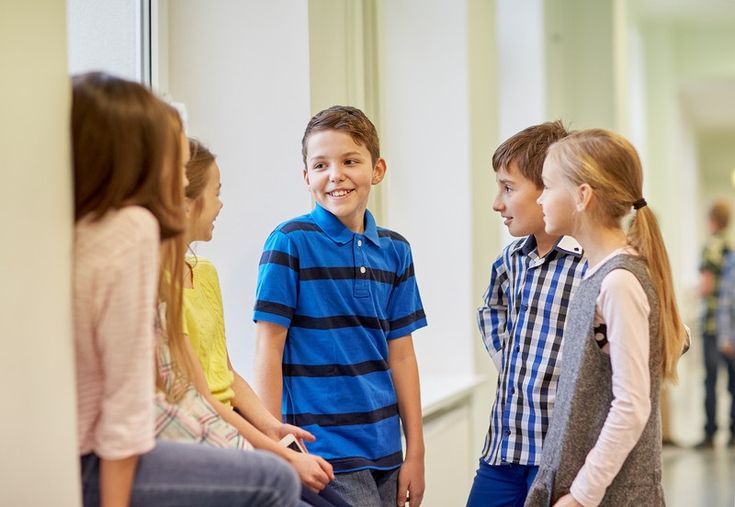
An equally accurate, detailed, evidence-based definition of the special educational needs of each category of children with disabilities, in relation to each age, developmental variant and stage of education, is required.
State Budgetary Institution of the City of Moscow Center for Social Support and Rehabilitation of Disabled Children "Dom Detey" of the Department of Labor and Social Protection of the Population of the City of Moscow (GBU TsSPR "Dom Detey")
Site navigation
-
Department
- Management
- Regulations on the Department
- Divisions of the Department
- Reception schedule
- Subordinate organizations
- Anti-corruption
- Countering terrorism and extremism
- Veterans of social protection of the population
- Public Council under the Department of Labor and Social Protection of the Population of the City of Moscow
- The international cooperation
- Federal Law 442-FZ "On the Fundamentals of Social Services for Citizens in the Russian Federation"
- Antitrust Law
- State and city programs
- Information Security
- Fire safety
- trade union organization
-
Activity
- Information about tours
- Social payments and benefits
- Labor and employment
- Social integration of disabled people
- Support for families with children
- Guardianship and guardianship, support for orphans
- Privileges.
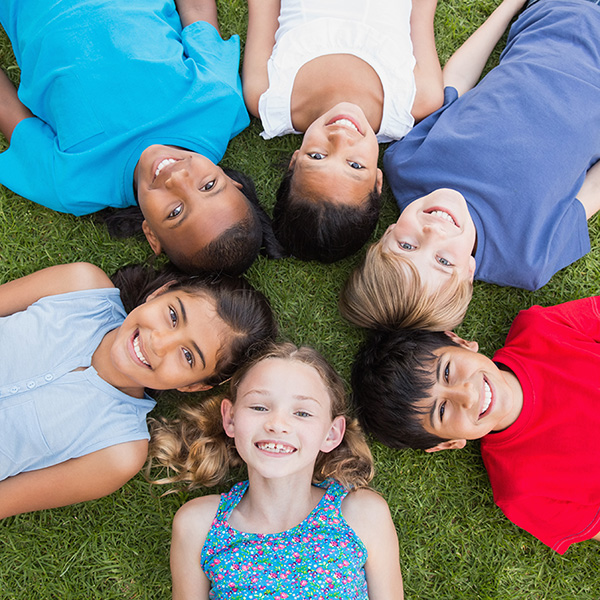
Learn more



